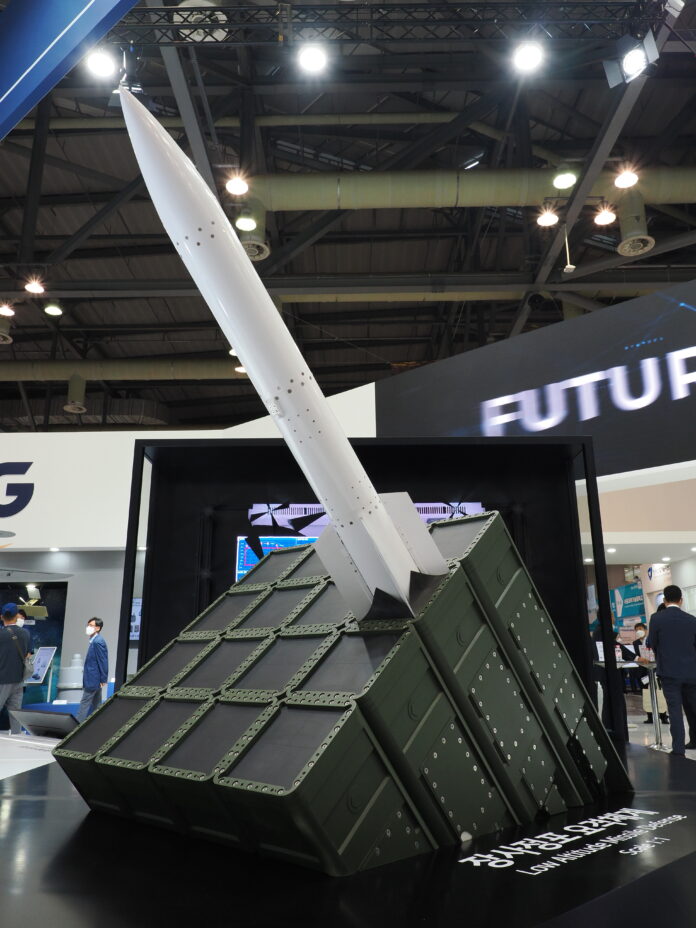South Korea’s Defense Acquisition Program Administration (DAPA) announced in early January that it is accelerating development of the Low-Altitude Missile Defence (LAMD) system – nicknamed the “Korean Iron Dome” by some observers – by a year as a countermeasure against North Korean long-range artillery.
DAPA noted that further development and production of the LAMD system will be carried out from 2025 to 2028.
The effort is being led by DAPA’s Agency for Defense Development (ADD) with industrial partner LIG Nex1, which began conceptualisation and early development of the system in early 2022. Core developmental activities were completed around June 2023.
The LAMD is the lower-tier segment of the broader Korea Air and Missile Defense (KAMD) system designed to protect the country against a range of threats such as aircraft, artillery, cruise missiles, and unmanned aerial vehicles (UAVs), long-range at low altitudes. I
According to DAPA and LIG Nex1, a typical LAMD battery comprises a radar, engagement control centre, launcher, and interceptor missiles. The missiles are expected to be capable of engaging targets out to 7 kilometres and will feature active radar seekers for terminal guidance.
The missile interceptor was test-fired for the first time in March 2022 and is based on the Korean Surface-to-Air Anti-Missile (K-SAAM).
South Korea also employs the LIG Nex1 Cheongung II medium-range SAM (M-SAM) and the US-made MIM-104 Patriot SAM as countermeasures against ballistic missiles at lower altitudes.
DAPA added that development of the upper-tier element of the KAMD system – the L-SAM – is expected to be completed in 2024.
The L-SAM is designed to intercept ballistic missiles out to 150 kilometres away and at altitudes between 40 and 100 kilometres. The system has been under development by ADD and LIG Nex1 since 2019.
by Jr Ng













